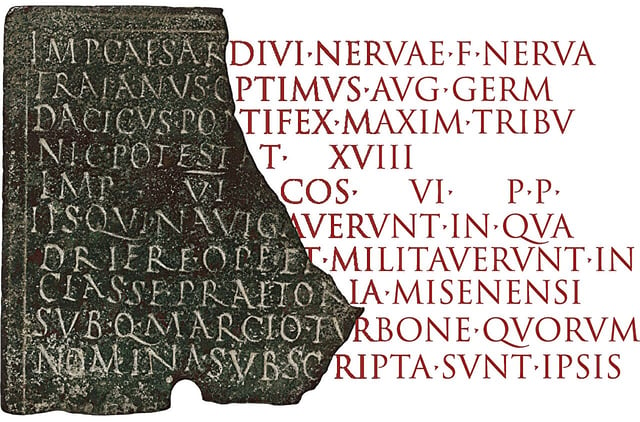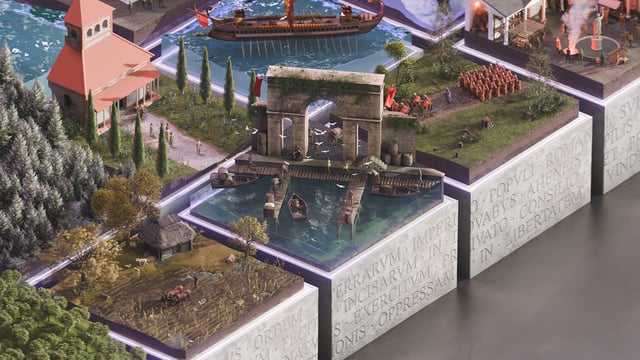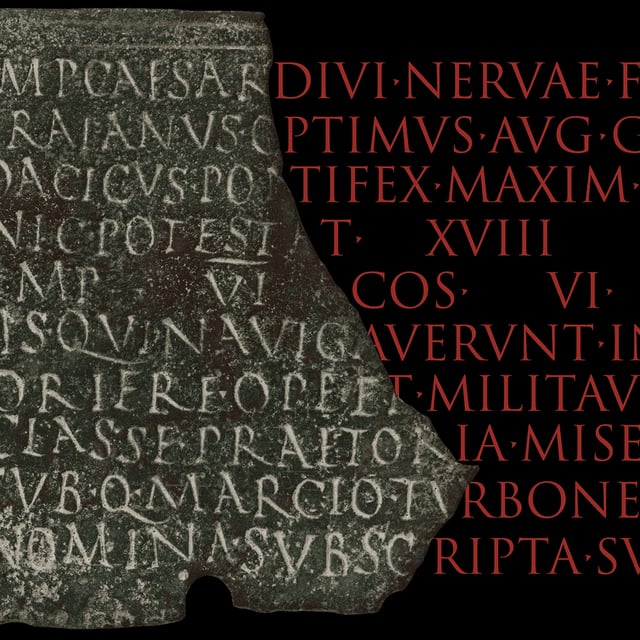Overview
- Aeneas uses specialized generative neural networks to predict missing segments in fragmentary Latin texts without requiring known gap lengths.
- The model was trained on a multimodal dataset of over 176,000 inscriptions and images spanning from the seventh century BC to the eighth century AD.
- In evaluations, Aeneas dated inscriptions with an average error margin of 13 years and assigned them to Roman provinces with 72 percent accuracy.
- In a study with 23 professional epigraphers, historians using Aeneas outperformed both standalone AI and unaided specialists in restoration, dating and localization tasks.
- Released as open-source, Aeneas integrates into scholarly workflows and can be adapted for other ancient languages and inscription corpora.



